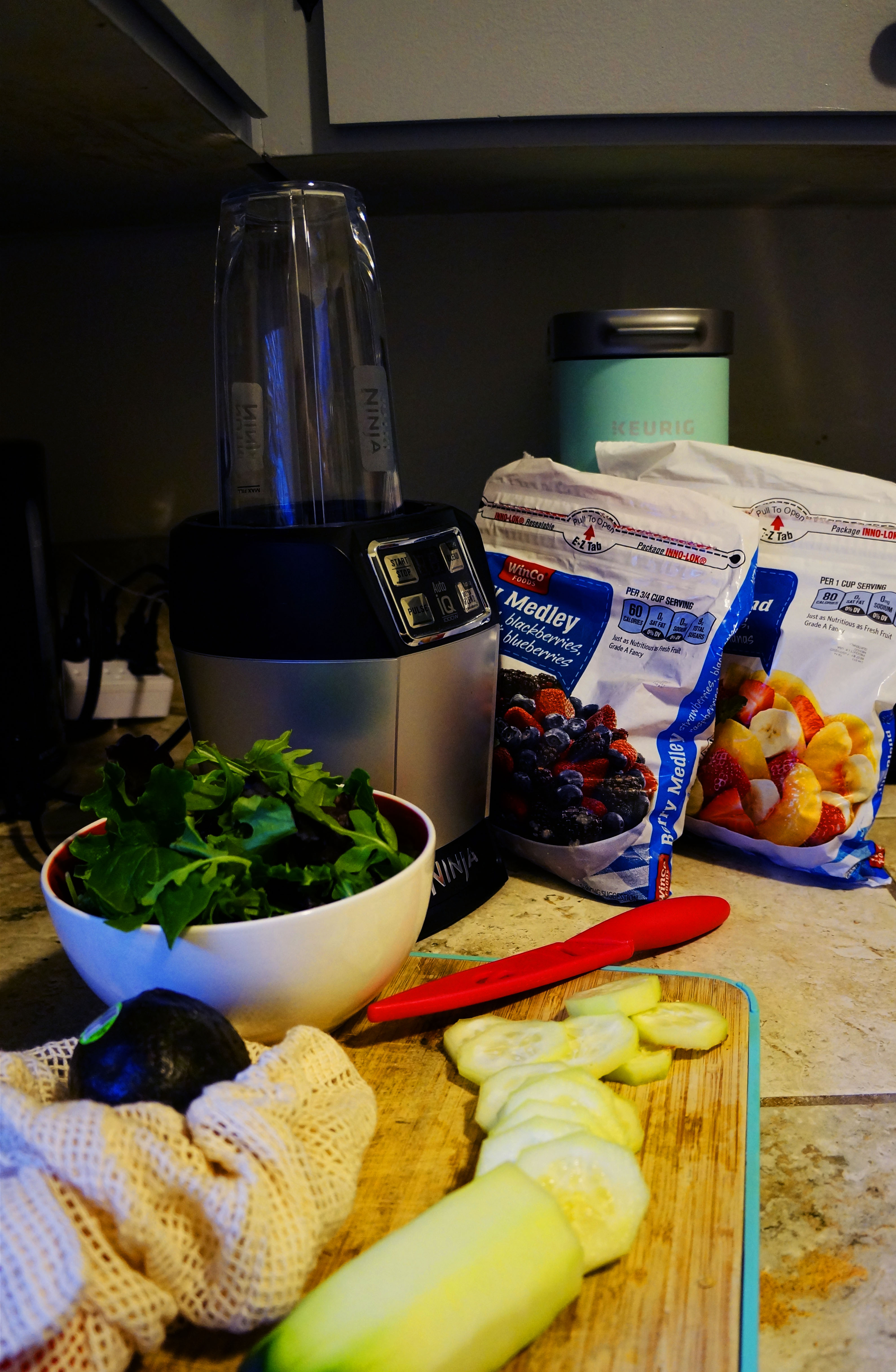Tips for staying awake during online classes
Allison Vanderzanden | Lifestyle Editor
After a full year of classes through Zoom, a lucky few have mastered schooling from home. For the rest of us, the simple task of staying awake for the entire lecture is still daunting. Try these tips for staying awake during online classes.
Start off the day as if classes were in person; get dressed, sit down for a cup of coffee and perform the usual morning routine. Getting up a bit early to do some light exercise can also jumpstart the mind and body so that by class time, they will be ready and alert.
Though taking class in a cozy bed sounds tempting, it can make one drowsy in a hurry. Instead, work at a designated space, such as a desk or dining table. If still nodding off in this workspace, try standing up for parts of or all of class.
Active participation contributes to learning and also keeps one alert. Take thorough notes and write down questions to ask when the opportunity arises. Alternatively, contribute to the discussion by answering questions and presenting personal thoughts on the subject. This will keep the brain working and fight off fatigue.
My personal favorite tip is to eat food or drink something during class. When starting to doze off, give the body something to do by reaching for a snack or drink. Eventually the body will get a boost of energy as well, especially from foods like oatmeal, nuts and fruits.
If these quick tips aren’t doing the trick, it may be time to re-examine one’s daily routine. Combat drowsiness at the source by getting more and better sleep at night — check out our tips for better sleep article on our website, wou.edu/westernhowl.

Contact the author at avanderzanden19@mail.wou.edu



